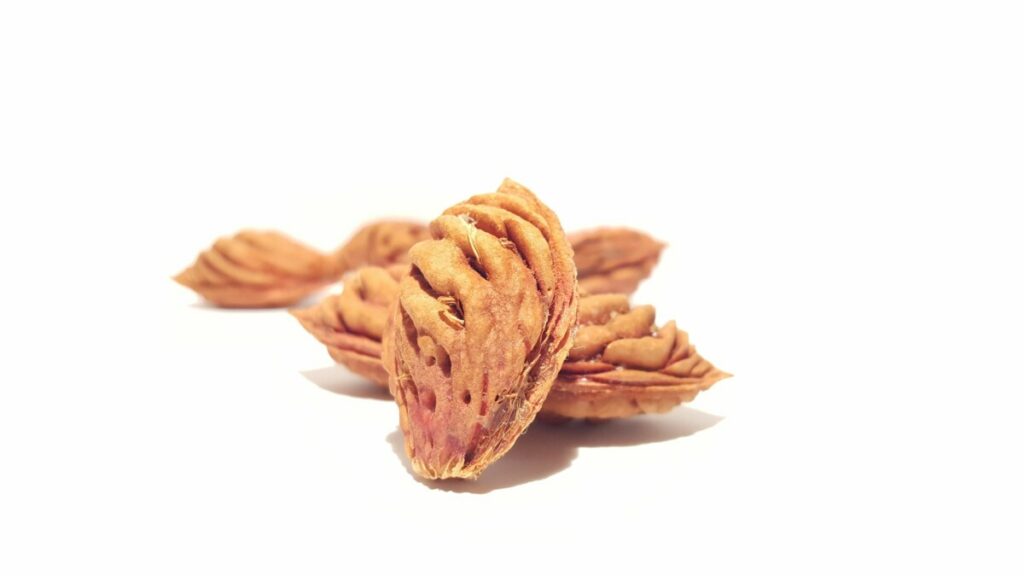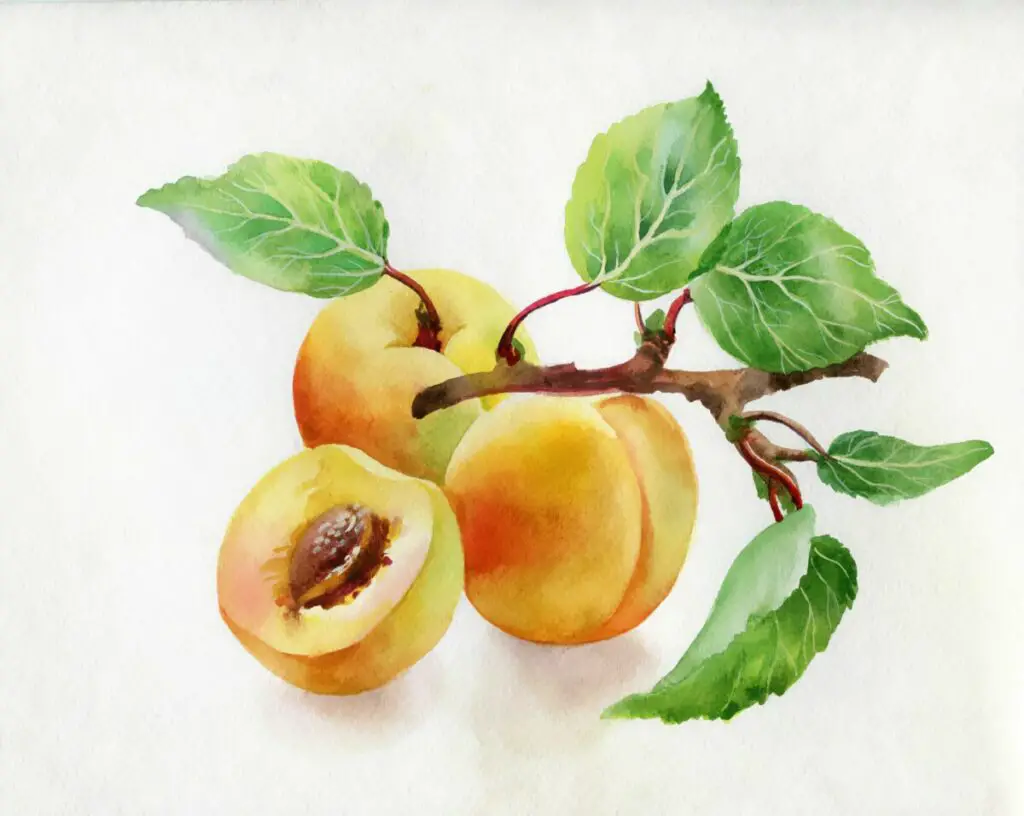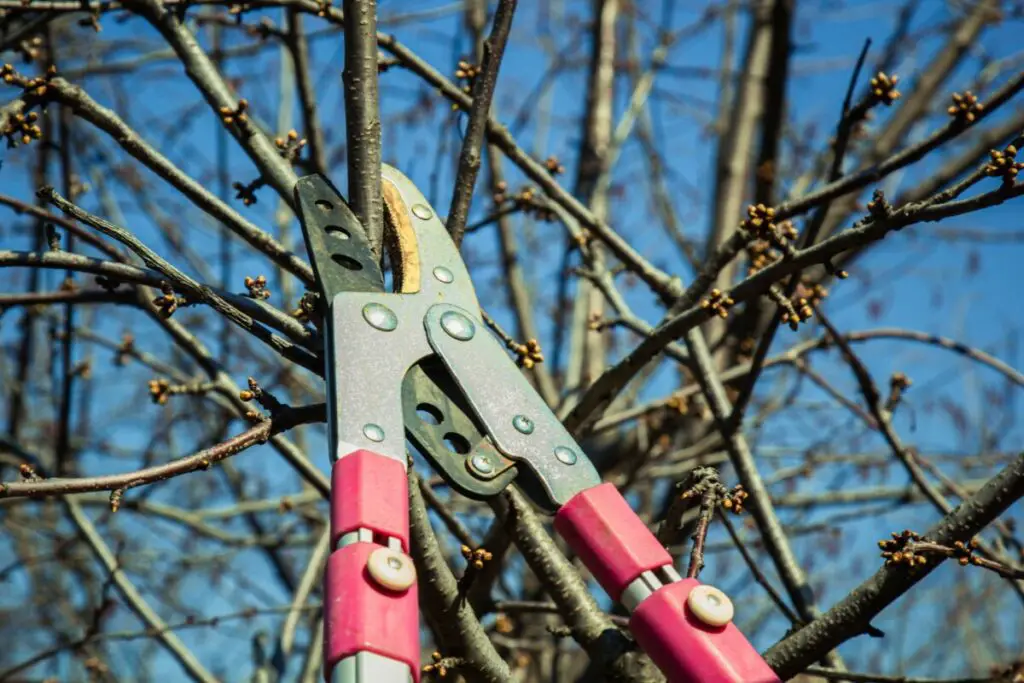
You’ve just eaten a stone fruit, and it was really tasty. You’re thinking about planting the pit to get more fruit like that, but will the fruit that the seed grows be the same?
Stone fruits do grow true from seed. A peach pit will grow a peach tree, an apricot pit will grow an apricot tree, and so on. They might not reach the same height as their parent tree, but they will produce the same type of fruit. Trees grown from seeds will adapt to their environments.
Here’s why you can expect stone fruit to grow true to seed and how to get them to grow well from a pit.
Is Cross-Pollination an Issue for Stone Fruit Trees?
Some fruits, like apples and pears, cross-pollinate, which means the pollen they use to create their fruit and trees has to come from a different tree. The downside of that is that a tree of a different variety might end up being the one to pollinate a given tree.
For example, if a Gala apple tree was near a Pink Lady apple tree, they might pollinate each other. This cross-pollination shouldn’t change the taste of the fruit that the trees yield, but it will affect the seeds of the apples. In this case, you wouldn’t get a pure Gala or Pink Lady if you planted one of those seeds, but a hybrid of the two. That’s not growing true.
Most stone fruits don’t have that problem, since most of them self-pollinate, especially the common varieties. You can usually expect a peach tree, apricot tree, nectarine tree, or sour cherry tree to pollinate itself, without any other tree interfering.
Plum trees and sweet cherry trees might cross-pollinate, but this is where another factor of pollination comes in: trees can only pollinate each other if they’re compatible, which means that you’ll need a plum tree to pollinate another plum tree and a sweet cherry tree to pollinate another sweet cherry tree.
The species of tree isn’t as specific as they get, either. A plum tree isn’t compatible with every other variety of plum trees. The varieties of plum will have to be compatible in order for the pollination to work.
With all that said, you can nearly always expect the pit of stone fruit to grow true.
Growing Seeds vs Grafting

Unlike a tree grafted onto the rootstock, trees grown from seeds will adapt directly to the environment where they’re grown.
When grafting, the grafted branch is grown on a tree in a different location. Even if the parent tree grew up relatively nearby or in a similar climate, the conditions of the spot where you plant the graft will be different from where the graft was grown.
For example, differences in elevation, even seemingly small differences, can result in changes in precipitation and other climate conditions. The windward side of a mountain, even near the base of the mountain, will get a noticeably greater amount of rain and snow than the middle of the valley just a few miles upwind.
In that example, a graft taken from the valley might have a hard time weathering the change in conditions despite the relatively similar climate.
On the other hand, a seedling would know the environment from the start and adapt to the conditions early on.
That’s not to say that grafting is a bad idea, just that it should be done with care. Grafted trees are quicker to start up than seeds, and if they’re planted on good rootstock, you shouldn’t have to worry too much about whether or not they’ll grow well.
Germinating Pits
Planting stone fruit trees isn’t as simple as burying the pits in the spring and hoping for the best. If you want your trees to grow, you’re going to need to imitate nature to get the seeds germinating. And since not every seed will sprout successfully, you’re going to want to keep an eye out for the ones that sprout so that you don’t waste time worrying about the duds.
The first thing you’re going to want to do is to test the pits you have to see if they might be viable for planting. To do this, fill a small jar or cup with water. Then, drop the pits into the water. If they sink, they have a better chance of sprouting than if they float.
Prepare a small pot with potting soil or compost. Give it just enough water to make it damp, then put the pits that sunk into the pot. Cover the pits with some more damp soil, then put the pot into your refrigerator, and leave it there for a while to let them germinate.
Check the pits about once a month. The good ones will put out roots and sprout.
This process imitates nature by simulating how seeds will grow in nature. If a fruit fell from a tree and was left there, it would essentially be surrounded by damp compost and sit in that state all winter. Then, as time passed and spring approached, it would start sending out roots and then sprout.
The refrigerator acts like the cold of winter, which the seed needs in order to germinate. If it doesn’t have a chance to get cold for a while, it won’t do anything.
Should I Prune a Tree Grown from a Pit?

Now the question is whether you need to treat trees grown from seed differently than grafted ones. Can you expect the same type of growth from a seedling tree as you would get from a grafted one?
Well, left unchecked, stone fruit trees that are grown from seed will grow 15 to 30 feet tall. If you want to be able to reach all of the fruit easily, you should definitely prune it to keep it in check and to keep the branches within easy reach.
Height isn’t the only reason to prune, though. You will also want to prune your tree to get a better harvest by cutting down on how much energy the tree is spending on branches that won’t produce fruit, making it produce fruit more vigorously.

